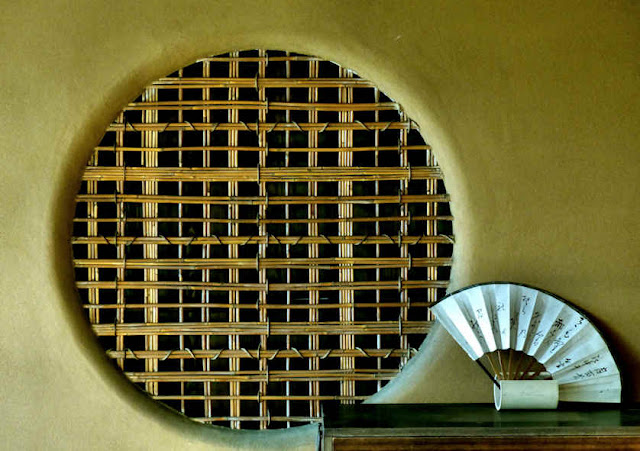Showing posts with label Architecture. Show all posts
Showing posts with label Architecture. Show all posts
Friday, March 14, 2025
Osaka Museum of History
Labels:
Architecture,
cesar pelli,
Museum,
Osaka
Thursday, March 6, 2025
Floating Garden Observatory at Umeda Sky Building
An elevator takes visitors most of the way up, but the final section is by a glass-enclosed escalator that crosses the circular open space high above the ground.
Labels:
Architecture,
Osaka,
umeda
Wednesday, March 5, 2025
Ohashi House in Kurashiki
Labels:
Architecture,
chugoku33,
kurashiki,
Museum,
okayama,
preservation district
Saturday, March 1, 2025
Umeda Sky Building
Though the area around it continues to be edevloped, there are no other high-rise structures around it.
It was designed by Hara Hiyoshi and opened in 1993.
It is 173 meters tall and has 40 floors.
Labels:
Architecture,
hara hiyoshi,
Osaka,
umeda
Subscribe to:
Posts (Atom)










































































